For ages, Google Drive was my go-to for everything — work documents, photos, personal archives, even the writing projects I never finished. But somewhere along the way, the convenience began to feel like dependence. Between rising subscription costs, growing concerns about data privacy, and a newfound interest in building my own home server setup, I finally decided to jump ship.
I replaced Google Drive with a NAS. While the transition was more involved than upgrading the Google One plan, the benefits have been worth it, mostly. Here’s why I switched to a NAS and the things I sometimes miss about Google Drive.
Why NAS: Full control over my data
I know exactly where my data is
One of the most appealing things about moving to a NAS was reclaiming control over my files. With Google Drive — or any other cloud storage, for that matter — you’re operating within their sandbox of policies, algorithms, and privacy rules. Whether or not Google is using your files to train its AI models, it’s still unsettling to know your personal files live on someone else’s server.
With a NAS, you own the server, sitting right in front of your eyes and running by the rules you set. You choose what gets backed up and who gets access to what, and you can lock it down for added security. There’s no silent scanning of your data or ads being tailored to you. It's just good-old peace of mind.

Related
How a NAS can replace cloud storage and save you money
Moving all your data off the cloud and onto a NAS is easier than you think.
Why NAS: One-time upfront cost
Gets you long-term value
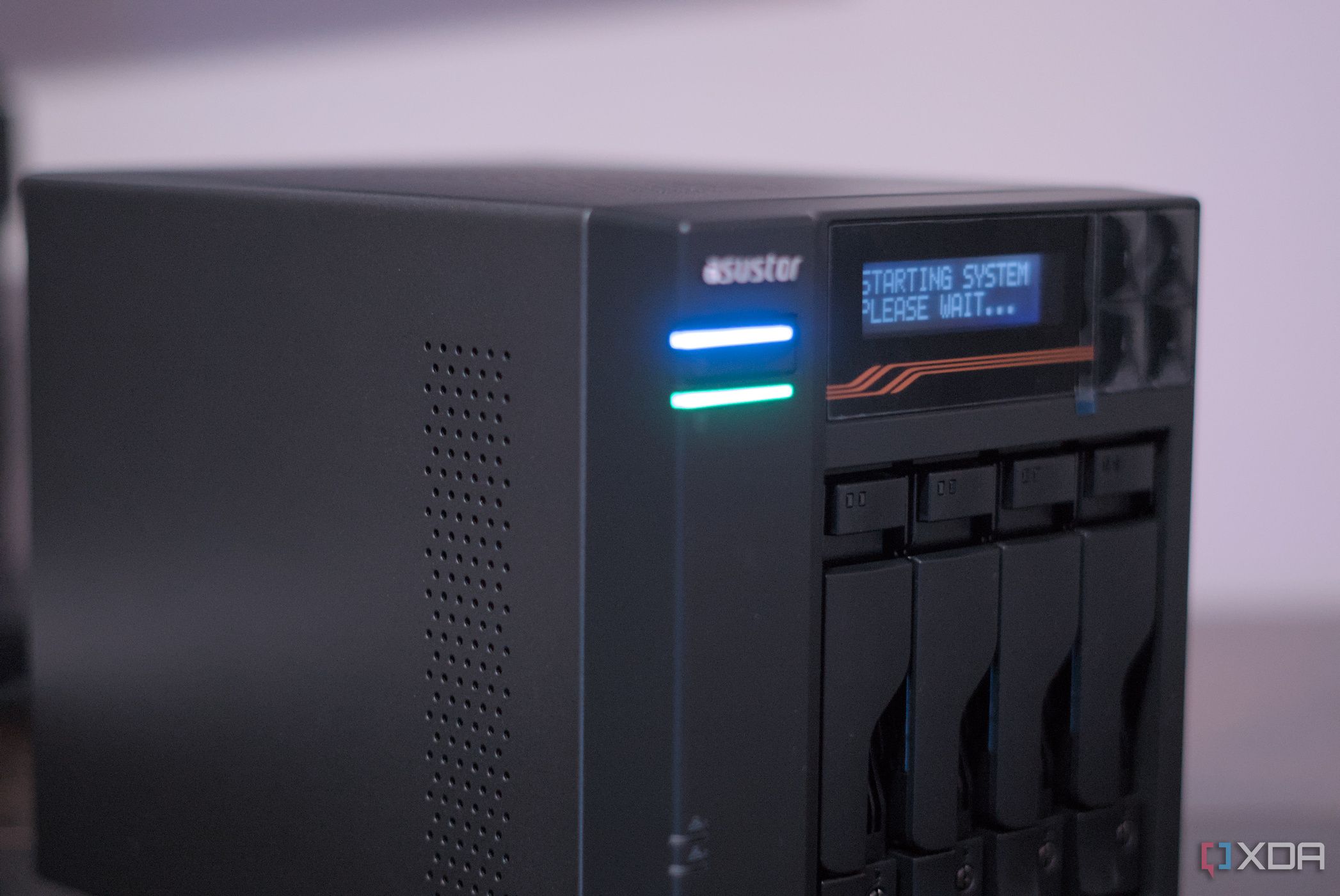
Google Drive might seem cheap at first since it involves only a small monthly fee. It sure is reasonable until the 2TB plan, but anything beyond that, you’re looking at hundreds of dollars in annual payments. That amount swells when considering that an NAS’s usual life span is several years.
When I invested in a NAS, I paid a substantial sum upfront — but that was it. I haven’t had to pay for a monthly subscription ever since. In fact, I now use it for far more than just file storage, so the cost-per-use drops dramatically. The price I paid for my NAS honestly feels like an investment rather than another expense I'm forced to bear.
Why NAS: It’s not just for file storage
Your NAS is a versatile little box
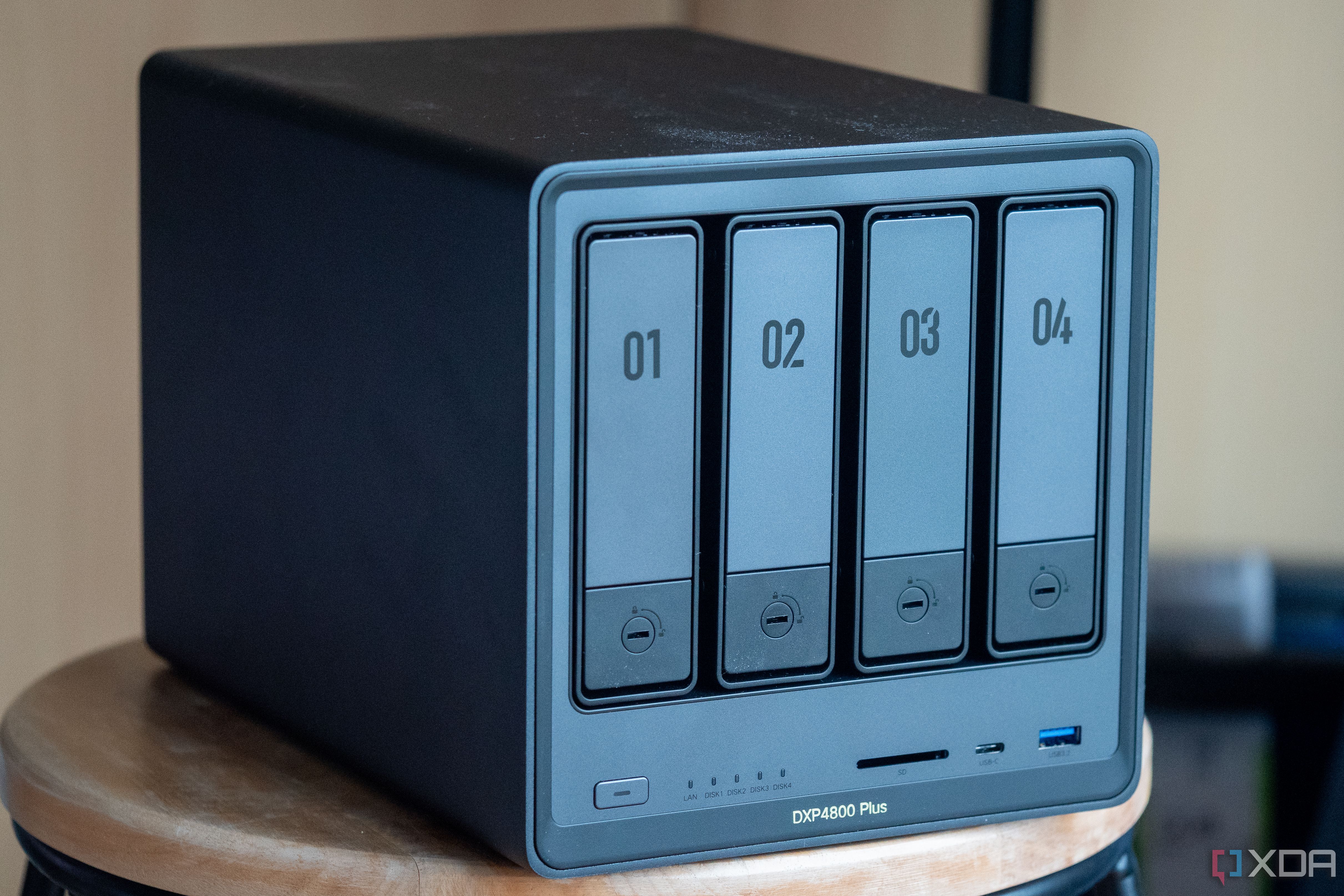
I got the NAS to store my files and take backups. I did have some idea that a NAS could do much more, but I didn’t quite realize how much! While I use Google Drive just for storing files, my NAS is also a private Netflix via Plex, Time Machine backup destination for my Mac, to back up my and my family’s photos, and host shared folders.
I can't expect that kind of versatility from Google Drive. Even if I decide to host media there, the awfully frequent streaming hiccups mar the entire experience. It’s still not there in terms of versatility, even in 2025. But my NAS? It has proven to be a Swiss army knife that does everything well.
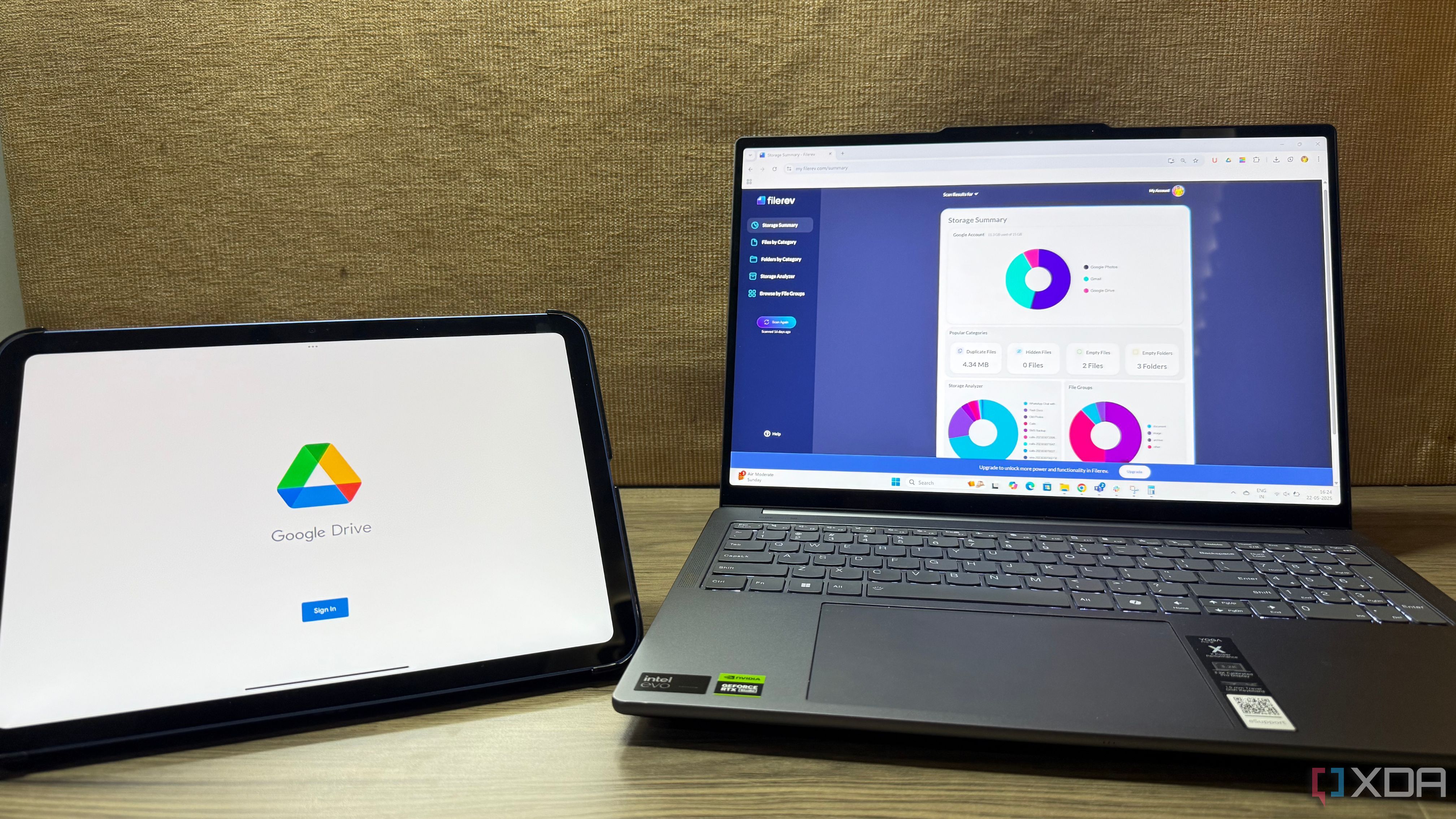
Related
These 5 tools keep my Google Drive organized
Keep your Google Drive clutter-free and productive
What I miss: Effortless collaboration in Docs
Google wins hands down
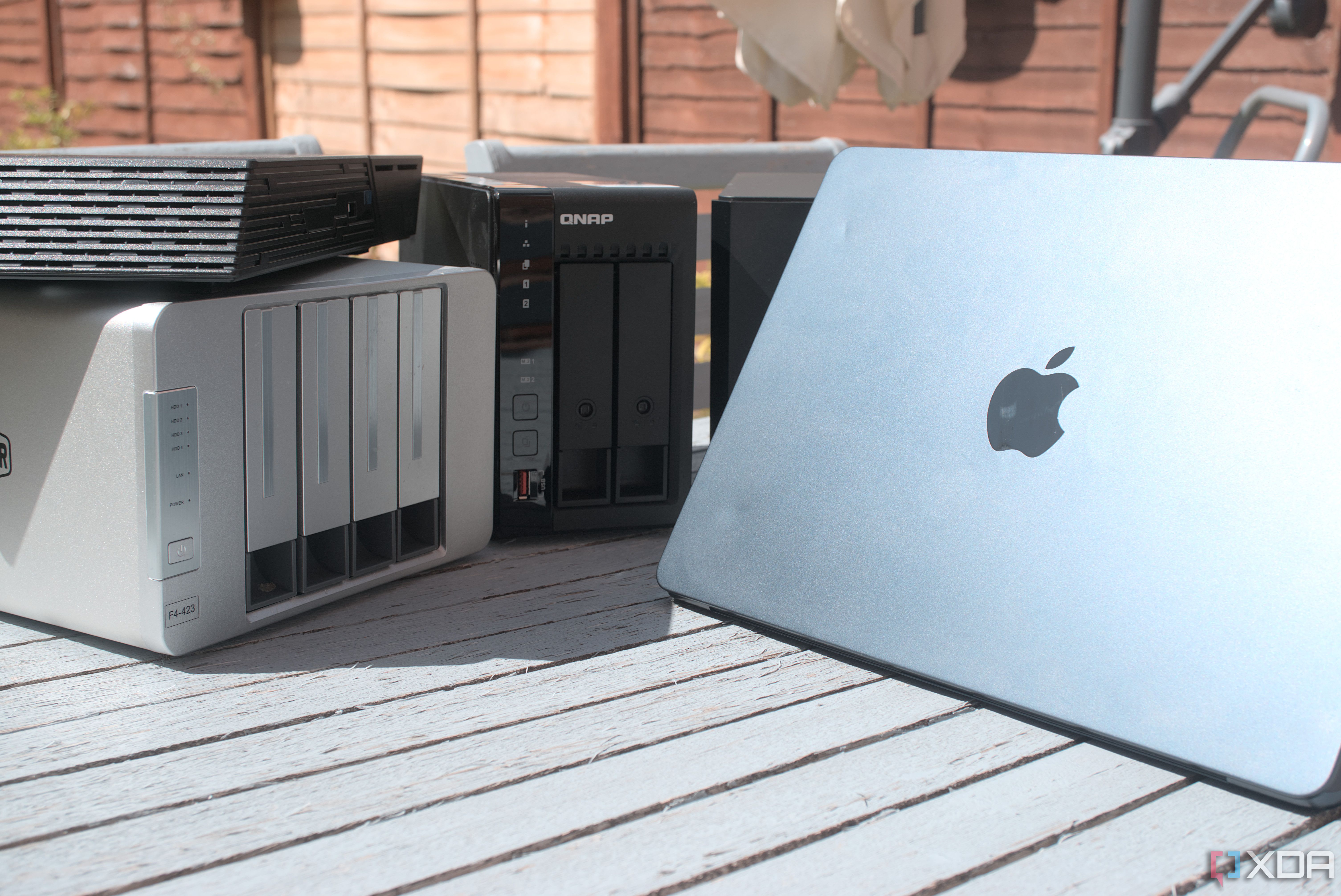
One thing that Google has perfected is collaboration. While the Drive apps are fine-tuned to enable the feature, the fact that there are so many people already using Google services helps its case a lot. When sharing a document, you can assume that the person on the other end has a Gmail (or a Google Workspace) account.
There are several alternatives available from NAS makers and third-party developers, but none of them come even close to the kind of effortless convenience Google offers. Docs is one of my most-used web tools, and I still ditch my Synology NAS whenever I need to share a file with someone. The files I share look exactly how I intend for everyone, sans any surprises, and there are fewer syncing errors than I have experienced with my NAS.
What I miss: Remote access without the legwork
Remotely accessing Drive folders is a breeze
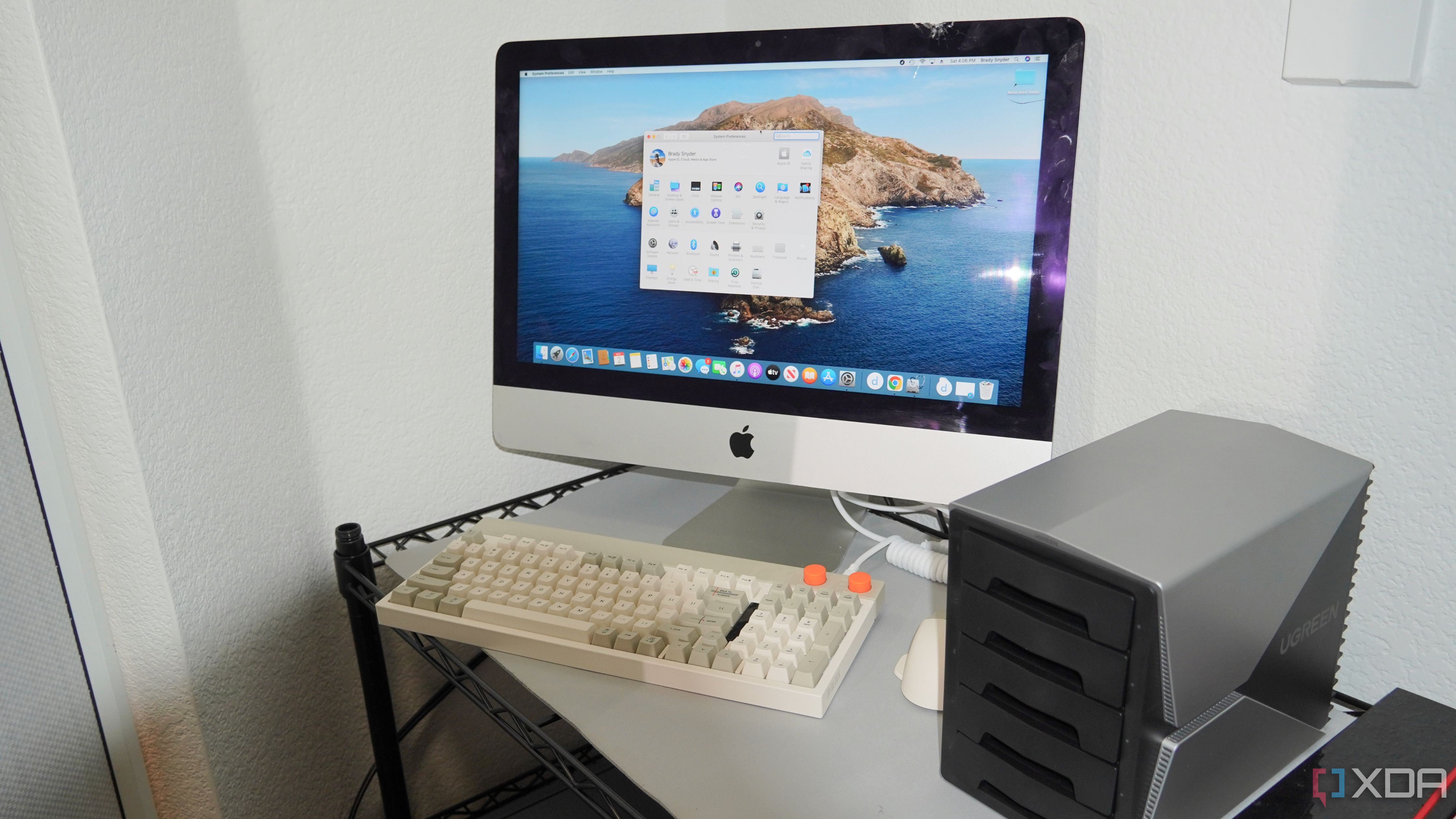
My NAS lets me access my files and folders from anywhere in the world. But setting it up to be secure and reliable wasn’t easy, and I still run into problems occasionally. Sometimes, the transfers are slow; other times, they fail completely. I have this underlying fear that I’m exposing my NAS to the internet, even after taking all necessary precautions, from Tailscale to a direct VPN.
I don’t have to worry about any of that with Google Drive. My download speeds are limited by my own internet speed and not by Google’s servers, and there’s seldom a case where my files are inaccessible. It’s quite the definition of plug-and-play, which is what I need while traveling. Dealing with server issues is at the bottom of my list.
What I miss: Flawless search function
It works — and is only getting better
I wouldn’t be exaggerating if I said that Google Drive’s search function works like magic. It’s quite astonishing how it lets you find files by content, filename, keyword, or even text inside scanned PDFs. Network storage units, too, have smart features — QNAP even launched its own AI search tool recently — but they sure aren’t as deeply integrated and well-designed as Google’s.
Search in Google Drive is now getting an AI boost with the help of AI. You can ask Gemini questions based on your files or summarize any folders. With this single step, Google has widened the gap between Google Drive and NAS operating systems, making it difficult for NAS makers to even come close, let alone catch up.
NAS saves you cash in the long run
Savings from ditching Google Drive are just one part of the equation. As we discussed earlier, a NAS is a versatile tool that replaces many of your devices and services, saving you quite a bit of cash in the long run. You can become much more frugal and cut down on expenses like device and photo backup services, streaming apps, external hard drives, and whatnot. That's asubstantial amount still in your pocket if you're keeping count.
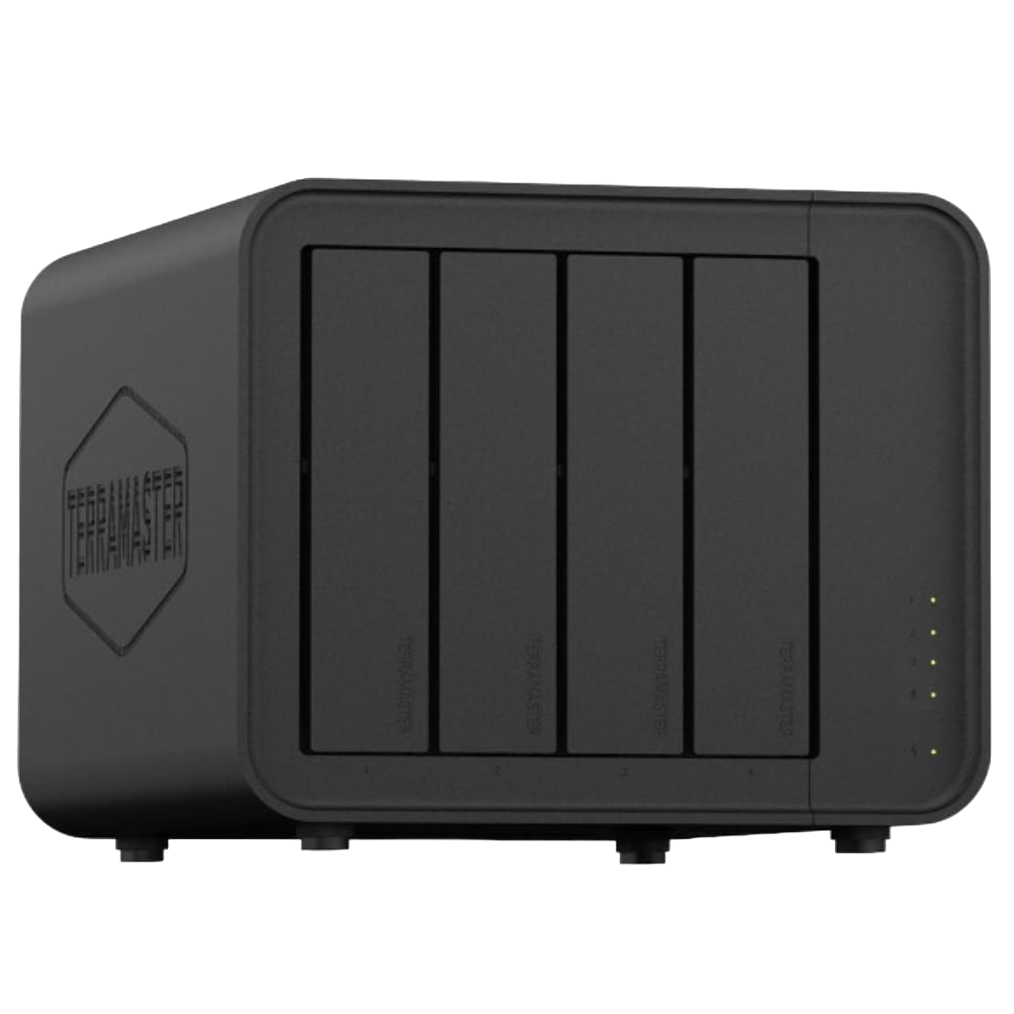
CPU Intel Core i5-1235U
Memory 8GB DDR5 non-ECC SODIMM (up to 64GB)
Drive Bays 4 HDD bays + 2 NVMe SSD slots
Ports 2x USB Type-A (10Gbps), 1x USB Type-C (10Gbps), 1x HDMI 2.0, 2x 10GbE RJ45
The TerraMaster F4-424 Max is a premium hybrid NAS enclosure that combines a solid Intel Core i5-1235U processor with ultra-fast 10GbE ports and ample storage capacity. It also supports up to 64GB RAM and is as amazing for home lab workloads as it is for storing your precious data,
.png)
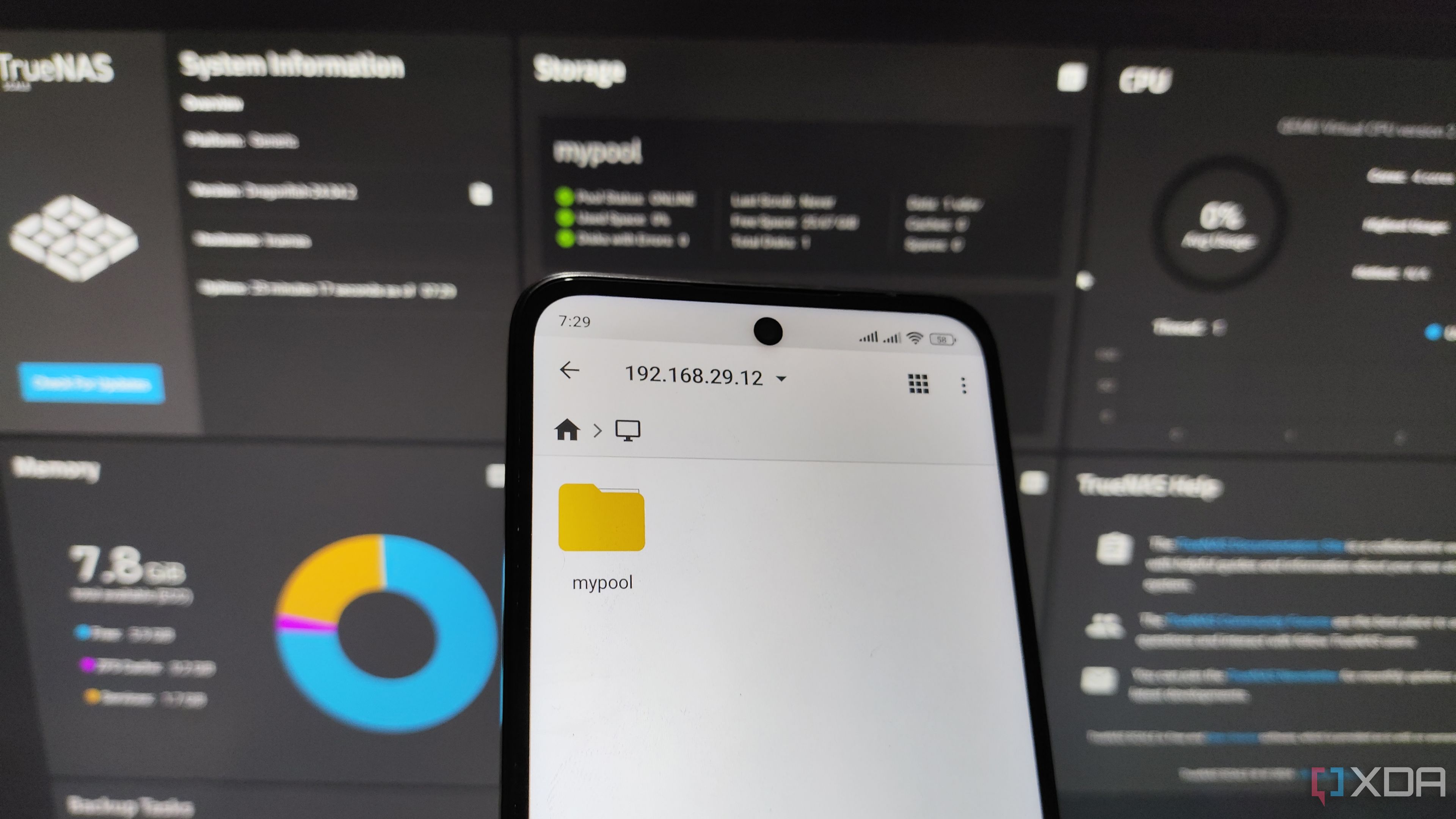
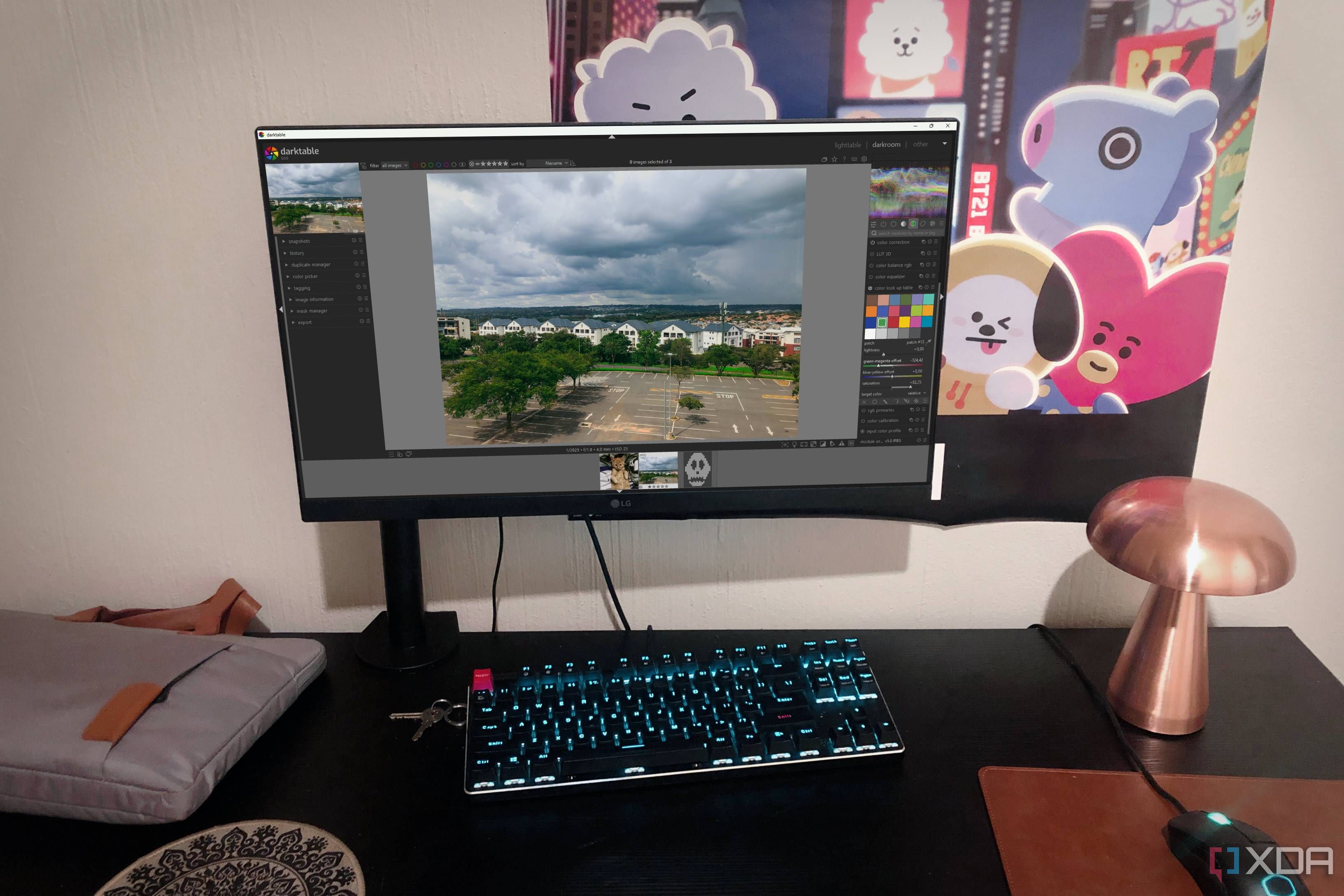










 English (US) ·
English (US) ·